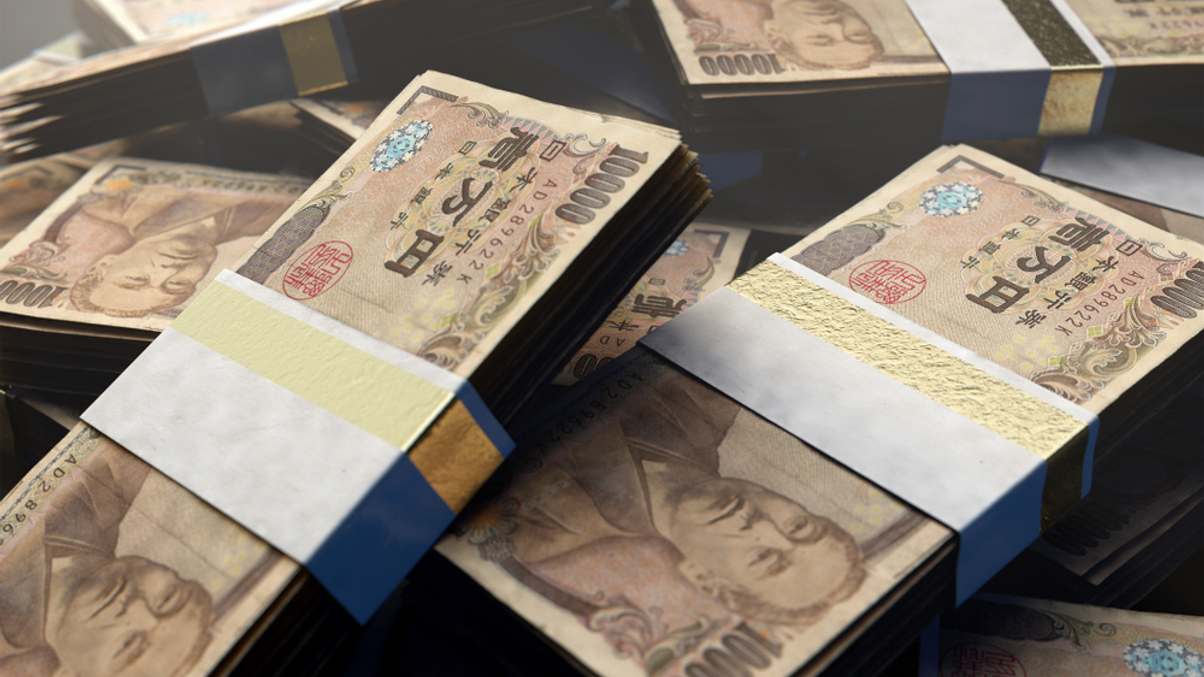GPIF's fiscal 2022 performance beats global peers
Japan's Government Pension Investment Fund, one of the world's largest institutional investors, defends its annual results after a challenging year and stresses the difficulties in managing such a large investment portfolio.

The executive board and management of Japan’s ¥200 trillion ($1.34 trillion) Government Pension Investment Fund (GPIF) have issued a stout defence of the fund’s peformance in fiscal 2022 (12 months ending March 2023).
Sign In to Your Account
Access Exclusive AsianInvestor Content!
Please sign in to your subscription to unlock full access to our premium AI resources.
Free Registration & 7-Day Trial
Register now to enjoy a 7-day free trial—no registration fees required. Click the link to get started.
Note: This free trial is a one-time offer.
¬ Haymarket Media Limited. All rights reserved.


